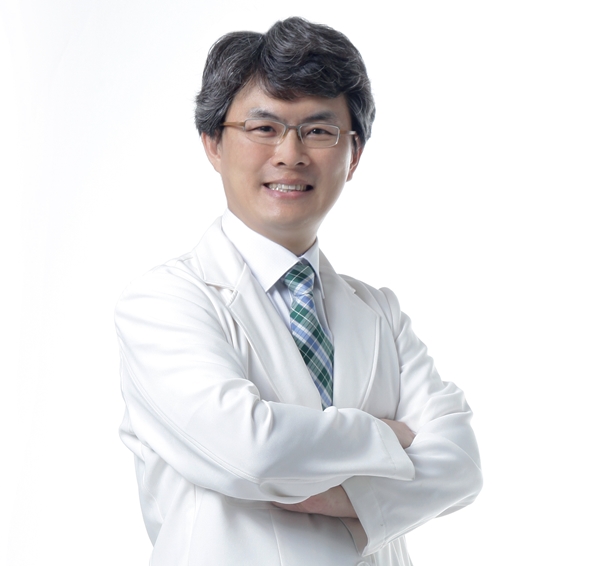
Yoon Jeunghyun, M.D.
Director
Yonsei fam’s clinic
e-mail: urohyun@hanmail.net
After lifting and tightening using Plane PDO thread, loose granulation tissues and collagen fiber tissues are formed around cylindrical threads in the early stage. They are replaced by high-density collagen fiber after 3months. As a result, tissues contract in the direction of major axis of cylindrical thread and in the direction of the cross section of circle, yet more granulation tissues and collagen tissues form along the direction of main axis rather in the direction of the cross section of thread. Tissues contract more towards the main axis when collagen tissues become more dense as time goes by. As a result, the tissues are lifted and tightened towards the main axis of threads, adding to tissue contraction.

Figure 1. PDO Vector.
Newton Lifting
Newton Lifting is more advanced and stable procedure using existing normal plane PDO and bidirectional Cog. The existing procedure using both normal plane PDO and bidirectional Cog and Newton Lifting are similar in regard to the method of procedure, but they are different in that Newton Lifting uses newly designed Multidirectional cog PDO(N-Cog) and spring-like high elasticity PDO. When both are compared in the physical perspective, an effect of lifting is greater. As for the procedure using Bidirectional Cog PDO, face is lifted through contouring after the insertion of thread, which in general shortens the length of thread. As a result, the lifting effect is reduced by swelling and the length of thread. In addition, it is worth nothing that both sides of face may show asymmetry through contouring and the imbalance of force towards opposite directions may lead to the movement of cog thread in tissues when the length of bidirectional Cog remaining in tissue are different from each other. In addition, when the tissues are caught by bumps, the force of the tissue in the direction of gravity is limited to the front bump and the force is not distributed, which in turn reduces the force to support tissues from falling in the direction of gravity.
As for Multidirectional Cog PDO(N-Cog), bidirectional Cog with narrow in-between intervals hold tissues, which interrupts contouring. Thus, the asymmetry by contouring during the procedure using bidirectional cog PDO disappear; there is no adverse effect, such as thread migration, because the movement within tissues is interrupted; there is no protrusion at the end of thread. As cogs facing each other from a short distance hold the tissues in balance, which distributes the force in the direction of gravity appropriately. Unlike normal plane PDO, the patients treated with bidirectional cog PDO complained of acute pain around mouths 1-2 weeks after the insertion of bidirectional cog PDO, whereas the patients treated with multidirectional cog PDO(N-Cog) did not complain of pain and moreover did not show an adverse effect such as delayed bleeding.
-To be continued-



















